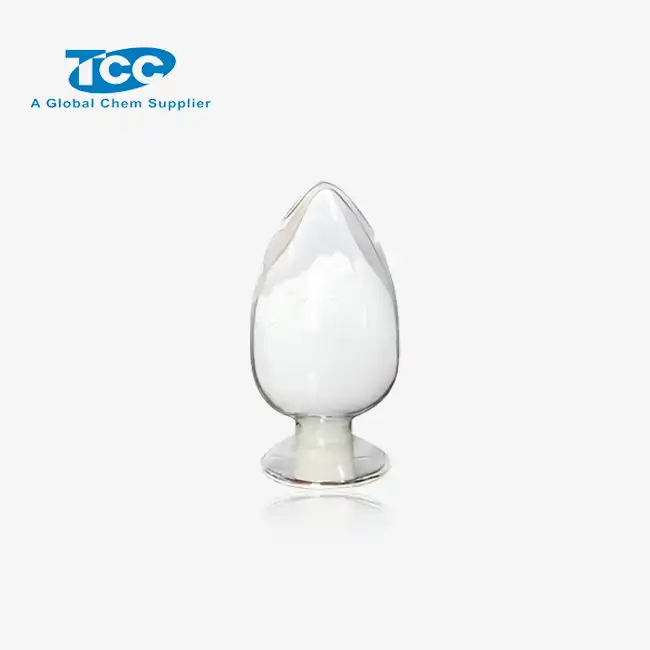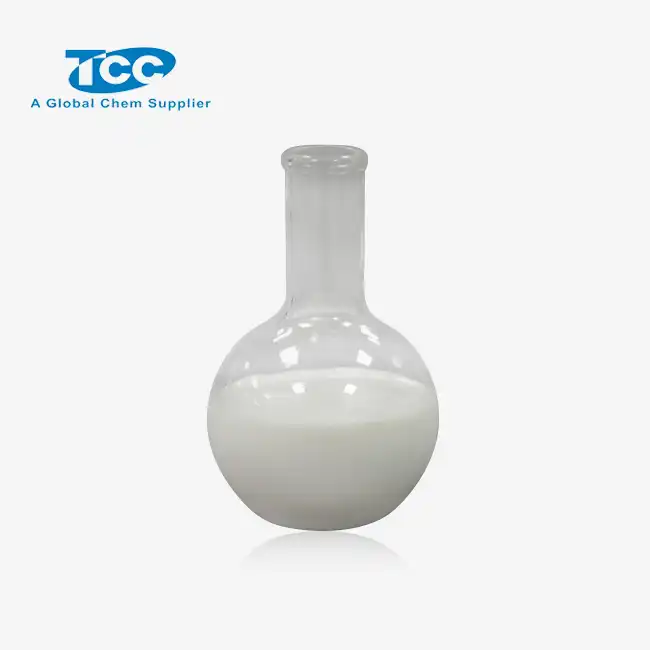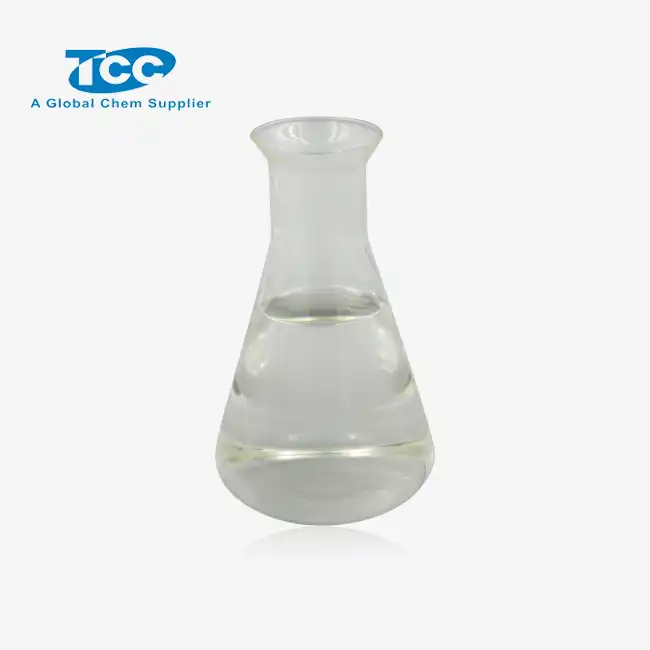- English
- French
- German
- Portuguese
- Spanish
- Russian
- Japanese
- Korean
- Arabic
- Greek
- German
- Turkish
- Italian
- Danish
- Romanian
- Indonesian
- Czech
- Afrikaans
- Swedish
- Polish
- Basque
- Catalan
- Esperanto
- Hindi
- Lao
- Albanian
- Amharic
- Armenian
- Azerbaijani
- Belarusian
- Bengali
- Bosnian
- Bulgarian
- Cebuano
- Chichewa
- Corsican
- Croatian
- Dutch
- Estonian
- Filipino
- Finnish
- Frisian
- Galician
- Georgian
- Gujarati
- Haitian
- Hausa
- Hawaiian
- Hebrew
- Hmong
- Hungarian
- Icelandic
- Igbo
- Javanese
- Kannada
- Kazakh
- Khmer
- Kurdish
- Kyrgyz
- Latin
- Latvian
- Lithuanian
- Luxembou..
- Macedonian
- Malagasy
- Malay
- Malayalam
- Maltese
- Maori
- Marathi
- Mongolian
- Burmese
- Nepali
- Norwegian
- Pashto
- Persian
- Punjabi
- Serbian
- Sesotho
- Sinhala
- Slovak
- Slovenian
- Somali
- Samoan
- Scots Gaelic
- Shona
- Sindhi
- Sundanese
- Swahili
- Tajik
- Tamil
- Telugu
- Thai
- Ukrainian
- Urdu
- Uzbek
- Vietnamese
- Welsh
- Xhosa
- Yiddish
- Yoruba
- Zulu
How Does Sodium D-gluconate Act as a Retarder?
Sodium D-gluconate, a versatile compound widely used in various industries, has gained significant attention for its role as a retarder in concrete and cement applications. This powerful chemical agent plays a crucial role in controlling the setting time of concrete mixtures, allowing for improved workability and enhanced final product quality. As we delve into the intricacies of how Sodium D-gluconate acts as a retarder, it's essential to understand its chemical structure, mechanism of action, and the numerous benefits it brings to construction projects. From its ability to slow down the hydration process of cement to its influence on the rheological properties of concrete, Sodium D-gluconate has become an indispensable tool for engineers and construction professionals seeking to optimize their concrete formulations. In this comprehensive exploration, we'll uncover the science behind Sodium D-gluconate's retarding effects and examine its impact on various aspects of concrete performance.
What are the Key Mechanisms of Sodium D-gluconate in Concrete Retardation?
Chelation and Ion Complexation
Sodium D-gluconate exhibits powerful chelating properties, which form the basis of its retarding action in concrete mixtures. When introduced into the cement paste, Sodium D-gluconate molecules readily bind with calcium ions present in the system. This chelation process effectively reduces the concentration of free calcium ions available for the formation of calcium silicate hydrate (C-S-H) and calcium hydroxide, two primary components responsible for concrete strength development. By sequestering these calcium ions, Sodium D-gluconate temporarily inhibits the nucleation and growth of hydration products, thereby slowing down the overall hydration process. This mechanism allows for extended workability of the concrete mix, providing more time for proper placement and finishing operations.
Surface Adsorption and Hydration Product Formation
Another crucial mechanism through which Sodium D-gluconate acts as a retarder involves its adsorption onto cement particle surfaces. As the Sodium D-gluconate molecules adhere to the cement grains, they form a protective layer that impedes the access of water to the cement particles. This barrier effect significantly slows down the dissolution of cement compounds, particularly the highly reactive tricalcium aluminate (C3A) phase. By controlling the rate of cement dissolution, Sodium D-gluconate effectively regulates the formation of early hydration products, such as ettringite and calcium aluminate hydrates. This controlled hydration leads to a more gradual development of the concrete microstructure, resulting in improved long-term strength and durability.
Modification of Calcium Hydroxide Crystal Growth
Sodium D-gluconate also influences the morphology and growth of calcium hydroxide crystals, a byproduct of cement hydration. The presence of Sodium D-gluconate in the cement paste alters the nucleation and growth patterns of calcium hydroxide, leading to the formation of smaller, more uniformly distributed crystals. This modification of crystal growth has several beneficial effects on the concrete properties. Firstly, it contributes to a more refined pore structure, enhancing the overall durability of the hardened concrete. Secondly, the altered crystal morphology can lead to improved interfacial bonding between the cement paste and aggregates, potentially resulting in higher compressive strength. By controlling the development of calcium hydroxide crystals, Sodium D-gluconate plays a crucial role in optimizing the microstructure of the concrete matrix.
How Does Sodium D-gluconate Affect Concrete Workability and Setting Time?
Extended Slump Retention
One of the primary benefits of using Sodium D-gluconate as a retarder is its ability to maintain concrete workability for extended periods. The retarding action of Sodium D-gluconate effectively prolongs the plastic state of the concrete mixture, allowing for better slump retention. This extended workability is particularly advantageous in situations where concrete needs to be transported over long distances or in hot weather conditions where rapid setting is a concern. By incorporating Sodium D-gluconate into the mix design, contractors can ensure that the concrete remains workable and placeable for a longer duration, reducing the risk of cold joints and improving the overall quality of the finished structure. The precise control over setting time offered by Sodium D-gluconate enables better scheduling of concrete placement and finishing operations, leading to increased efficiency on construction sites.
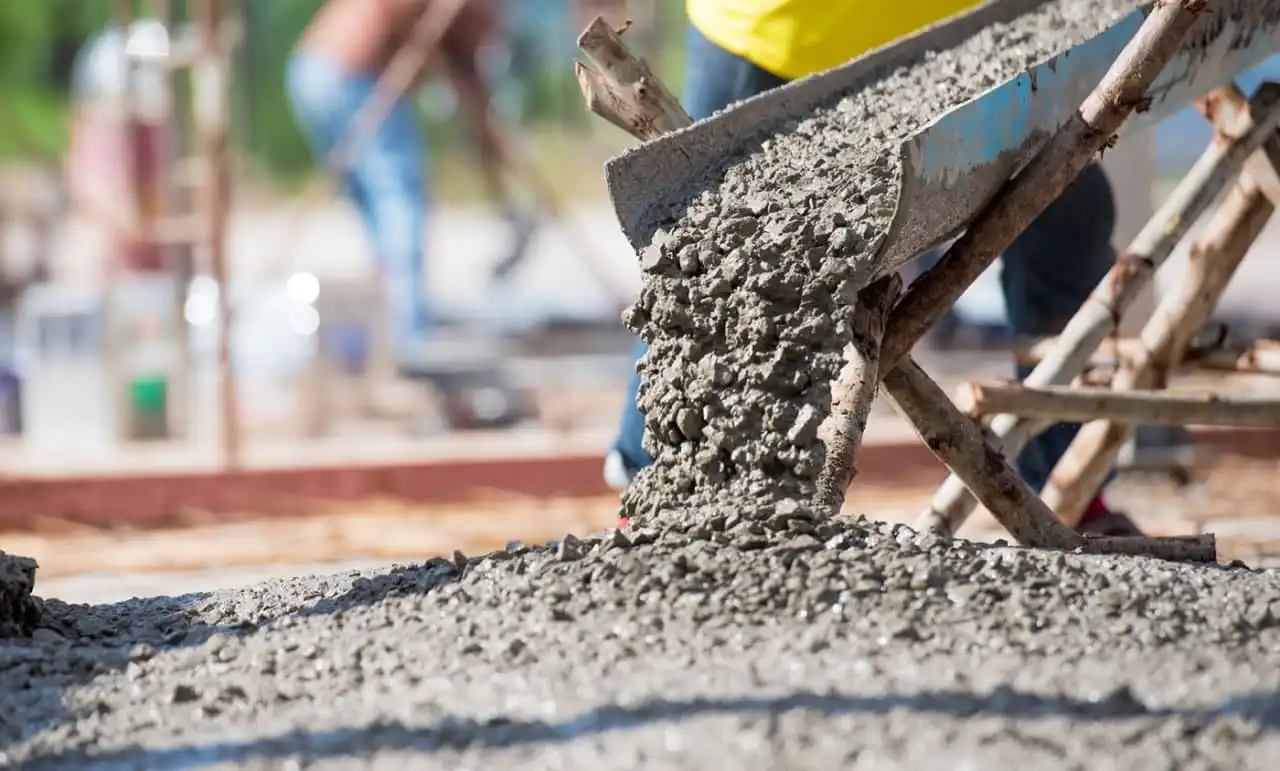
Improved Rheological Properties
Sodium D-gluconate significantly influences the rheological properties of fresh concrete, contributing to enhanced flowability and reduced viscosity. As a result of its retarding action, Sodium D-gluconate helps maintain the fluidity of the concrete mix for an extended period, facilitating easier pumping and placement. This improved flowability is particularly beneficial in applications such as self-compacting concrete or in projects with complex formwork geometries. Furthermore, the use of Sodium D-gluconate can lead to a reduction in water demand while maintaining the desired consistency, potentially resulting in higher strength concrete with lower water-to-cement ratios. The optimized rheological properties achieved through the use of Sodium D-gluconate not only improve the ease of concrete placement but also contribute to better surface finishes and reduced risk of segregation.
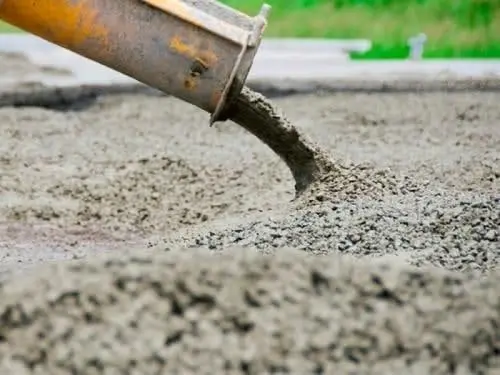
Controlled Heat of Hydration
Another crucial aspect of Sodium D-gluconate's retarding action is its ability to control the heat of hydration in concrete mixtures. By slowing down the initial hydration reactions, particularly those involving the highly exothermic C3A phase, Sodium D-gluconate helps to reduce the peak temperature rise in large concrete pours. This temperature control is essential in mass concrete applications, where excessive heat generation can lead to thermal cracking and compromise the structural integrity of the element. The gradual release of heat facilitated by Sodium D-gluconate allows for better dissipation, reducing the temperature differential between the core and surface of the concrete mass. This controlled heat evolution not only minimizes the risk of thermal cracking but also contributes to the development of a more uniform and denser microstructure, potentially enhancing the long-term durability of the concrete.

What are the Long-term Effects of Sodium D-gluconate on Concrete Durability?
Enhanced Microstructure Development
The use of Sodium D-gluconate as a retarder has significant implications for the long-term durability of concrete structures. By slowing down the initial hydration process, Sodium D-gluconate allows for a more controlled and uniform development of the cement paste microstructure. This gradual hydration leads to the formation of a denser and more homogeneous matrix, with a refined pore structure that is less susceptible to the ingress of harmful agents such as chlorides and sulfates. The improved microstructure resulting from Sodium D-gluconate's retarding action can contribute to increased resistance to various durability-related issues, including freeze-thaw damage, chemical attack, and carbonation. Furthermore, the more uniform distribution of hydration products throughout the concrete matrix can lead to enhanced interfacial transition zones between the cement paste and aggregates, potentially improving the overall mechanical properties and long-term performance of the concrete.
Reduced Shrinkage and Cracking
Sodium D-gluconate's influence on the hydration kinetics of cement can have positive effects on concrete shrinkage and cracking tendency. The controlled rate of hydration facilitated by Sodium D-gluconate can lead to a reduction in early-age shrinkage, particularly autogenous shrinkage in high-performance concrete mixtures. By allowing for a more gradual development of the cement paste microstructure, Sodium D-gluconate helps to minimize the internal stresses that can lead to micro-cracking during the early stages of concrete hardening. This reduction in early-age cracking potential can significantly improve the long-term durability of concrete structures by limiting the pathways for aggressive agents to penetrate the concrete matrix. Additionally, the improved rheological properties and extended workability provided by Sodium D-gluconate can contribute to better consolidation and reduced plastic shrinkage cracking, further enhancing the overall durability of the concrete.
Improved Resistance to Chemical Attack
The use of Sodium D-gluconate as a retarder can contribute to enhanced resistance against various forms of chemical attack in concrete. The more refined and densified microstructure resulting from the controlled hydration process can significantly reduce the permeability of the concrete, making it less susceptible to the ingress of aggressive chemicals. Furthermore, the chelating properties of Sodium D-gluconate can play a role in improving the concrete's resistance to specific types of chemical attack. For instance, the ability of Sodium D-gluconate to complex with metal ions can potentially mitigate the effects of alkali-silica reaction (ASR) by reducing the availability of alkali ions in the pore solution. Additionally, the modified crystal growth of calcium hydroxide induced by Sodium D-gluconate may contribute to improved sulfate resistance by altering the morphology and distribution of ettringite formation. These durability-enhancing effects make Sodium D-gluconate an valuable admixture for concrete structures exposed to aggressive environments or those requiring extended service life.
Conclusion
Sodium D-gluconate stands out as a versatile and effective retarder in concrete applications, offering a range of benefits that extend from improved workability to enhanced long-term durability. Its unique mechanisms of action, including chelation, surface adsorption, and modification of hydration product formation, provide precise control over concrete setting times and rheological properties. The long-term effects on microstructure development, shrinkage reduction, and chemical resistance further underscore its value in modern construction practices. As the industry continues to demand higher-performance concrete with extended service life, Sodium D-gluconate remains an indispensable tool for engineers and contractors seeking to optimize their concrete formulations.
Xi'an Taicheng Chemical, a leading manufacturer and supplier of chemical raw materials, specializes in the production of high-quality Sodium D-gluconate for various industrial applications. With a focus on innovation and sustainability, Xi'an Taicheng has established itself as a trusted name in the global chemicals and pharmaceutical industries. Our state-of-the-art facilities and rigorous quality control processes ensure that our Sodium D-gluconate meets the highest industry standards. Whether you're in the construction, food and beverage, or pharmaceutical sector, our team of experts is ready to assist you with tailored solutions to meet your specific needs. For more information or to discuss your Sodium D-gluconate requirements, please contact us at sales@tcc-ofc.com.
References
1. Zhang, Y., & Kong, X. (2015). Correlations of the dispersing capability of NSF and PCE types of superplasticizer and their impacts on cement hydration with the adsorption in fresh cement pastes. Cement and Concrete Research, 69, 1-9.
2. Cheung, J., Jeknavorian, A., Roberts, L., & Silva, D. (2011). Impact of admixtures on the hydration kinetics of Portland cement. Cement and Concrete Research, 41(12), 1289-1309.
3. Riding, K., Silva, D. A., & Scrivener, K. (2010). Early age strength enhancement of blended cement systems by CaCl2 and diethanol-isopropanolamine. Cement and Concrete Research, 40(6), 935-946.
4. Collepardi, M. (1998). Admixtures used to enhance placing characteristics of concrete. Cement and Concrete Composites, 20(2-3), 103-112.
5. Ramachandran, V. S., & Lowery, M. S. (1992). Conduction calorimetric investigation of the effect of retarders on the hydration of Portland cement. Thermochimica Acta, 195, 373-387.
6. Rixom, R., & Mailvaganam, N. (1999). Chemical admixtures for concrete. CRC Press.
Learn about our latest products and discounts through SMS or email
